Art and its Mysteries: the Beauty of Palma el Viejo
It is attributed to the portentous writer of French origin, Gustave Flaubert - you know, the 'imaginative father' of Madame Bovary, among other great and unforgettable characters of Universal Literature - the phrase that 'le bon Dieu est dans le details'; that is, that 'the good God is in the details'. Allegation, that anyone interested in art, should always take into consideration, especially when you attend a world as wonderful and at the same time, believe it, so disconcerting, as a museum or art gallery, where the works, from different times, Author and style have the common denominator, as a rule, that they hide more than they actually show at a glance.
If I had to assess the detail, on the basis of minimalism, my vote would undoubtedly fall, immediately, on the Flemish painters of the fourteenth to sixteenth centuries - I happen, as an example, the formidable painting by Jan van Eyck, which is preserved as an authentic treasure in the Collegiate Church of Covarrubias, which, entitled The Virgin of Wisdom, contains more than a hundred different objects or details - whether or not it agrees with the statements of Professor Edwin Panofsky, in which its roots should be sought in the periods of that great Italian Renaissance, that like the covers of a book, has been denominated, historically, like Cuatrocento and Cincuecento.
To this last period, to the Cincuecento, Palma el Viejo belongs -calificative that was granted to him in modern times, to differentiate it from another relative, also a painter and of the same name, Palma el Joven- author, whose work was developed mainly in Venice, city in which he is supposed to have died in 1528, one of his most fascinating paintings, especially because of the mystery that surrounds him, in terms of identities and allegories, the one that, having been acquired in 1958 by Baron Guy de Rothschild, is part of the news of the fantastic gallery of the Thyssen-Bornemisza Museum in Madrid, labeled under the name of 'Portrait of a young woman called' La Bella ' (The Beauty).
Although many historians and experts in art, consider the possibility that, apart from being based, allegedly, on the beauty canons proposed by Petrarca -there is a really interesting film version, of the charismatic and in his controversial time Italian director Pier Paolo Passolini, based on his masterpiece, the Decameron-would, in fact, be an allegorical representation of Vanity. Such line of thought, puts in doubt, or at least induces to pose it, the real existence of the model. Existence that, in addition, has always remained in the most absolute of mysteries; to such an extent, that for a long time it was called 'the beauty of Titian', for the similarity with the female character of his work, entitled 'Healthy love and profane love'. So, for many years, he thought of Titian, as its possible author, until in 1853, it was correctly cataloged by the historian of Art, Johann David Passavant.
Outstanding, there is no doubt, within any area of honorable admiration for physical beauty, it would suffice, however a more pronounced observation, to intuit, behind that mirror of the soul that are the eyes, a superior intelligence, so it would not be crazy to think of that particular type of woman, whose beauty is accompanied by a cold security, capable, at heart, of subjugating the most balanced of men and against which even the mythical Don Juan would lose the love of any love game . A prototype of 'genius and figure' that, together with an extraordinary beauty, would form the basic elements of the so-called 'femme fatale', 'fatal woman', that female of peculiar idiosyncrasy, capable of awakening in man the most varied taboos, including the one that out of pride, has been the most hurtful of them all: that of inferiority.
However, leaving aside these personal appreciations, which obviously can be shared or not, 'the Beauty' of Palma el Viejo, is a work that, apart from being involved in the magnificence of its own circumstances - paraphrasing Ortega y Gasset and thinking, after all, that the soul of the objects resides in the history they carry with them - continues to maintain the old enigmas that make up, metaphorically speaking, the 'dowry' that the artist, in short, his 'putative father', the granted A dowry, where the most visible enigma, but also, circumstantially, the most cryptic, are the initials that one of his hands, the one that rests on what looks like a jeweler-detail, which together with the wealth of his attire, would tend to suggest a privileged position- points out to us: AMB / ND.
Uncode until today, remember, and although the comparisons are odious, that custom, already used by the visigodos artisans in the hermitages -serve as an example, the one of Quitanilla de las Viñas, in Burgos- and continued by the painters Romanesque, among them, the anonymous master who executed the incommensurable frescoes of the hermitage of Vera Cruz, in Maderuelo, Segovia, currently exhibited in the Prado Museum in Madrid, where the initials that accompanied some ornamental motifs -generally, crosses- they only constituted a name - as the poet Antonio Machado would say in his verses - but also brief phrases or references to the possible identity of the donor or patron or, failing that, to New Testament appointments, probably related to the rite of consecration of the place in question.
But there is another enigma - and this is the end of this exhibition - associated with the painting: the barely perceptible presence of a knight, one of the legs of whose horse falls on the head of a naked and kneeling man. The presence of one of these 'knights of the Apocalypse' or 'Cygnatus knights', although it was already widely represented in many medieval Romanesque churches, always implies a great mystery, a revelation, a change of era or of thought, although at more deep and psychological, could be an allusion, eminently stoic, towards the spiritual values of the individual, inner transformation, encouraged exercises, mainly by the Cistercians and continued, among others, by Saint Ignatius of Loyola and the Jesuits. Based, in short, on the maxim of 'know yourself'.
AVISO: Tanto el texto, como las fotografías que lo acompañan, son de mi exclusiva propiedad intelectual.
NOTICE: Both the text and the photographs that accompany it are my exclusive intellectual property.
Te invito a conocer el mundo del que estoy enamorado.
Image © juancar347. All Rights Reserved.
Original content by @juancar347
Discord
juancar347#4046

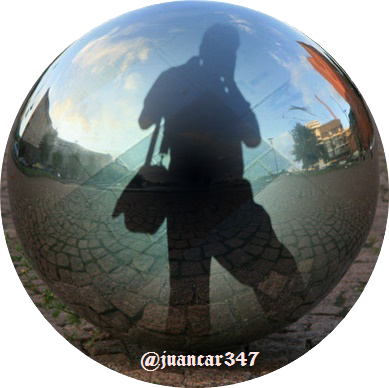
[Martial, latin poet]
Ars vtinam more
Animvm qve effingere.
Posses pulchrior in ter.
Ris nvlla tabella foret.
Arte
Ojala pudieras representar.
el carácter y el espíritu.
No habría sobre la tierra.
Imagen más bella
.jpg)


[Martial, latin poet]
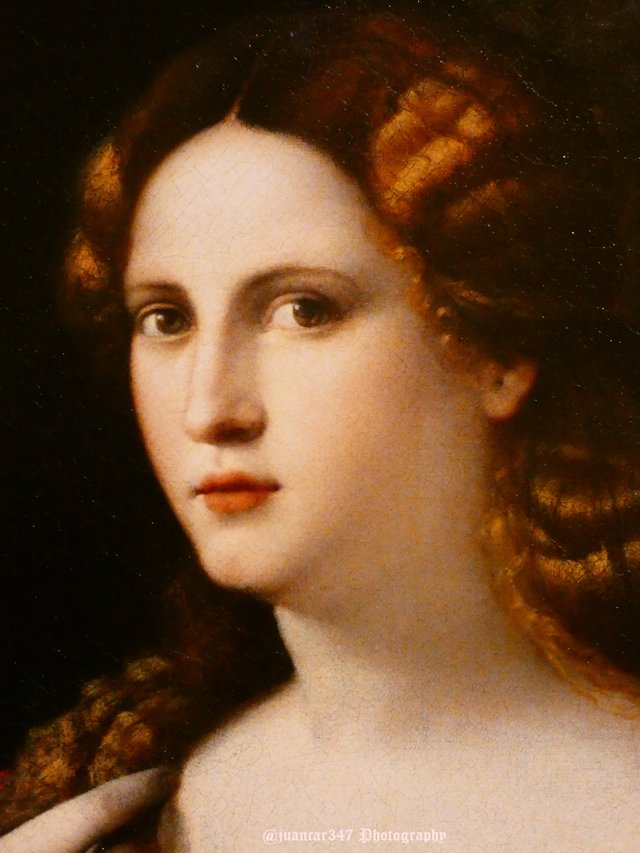
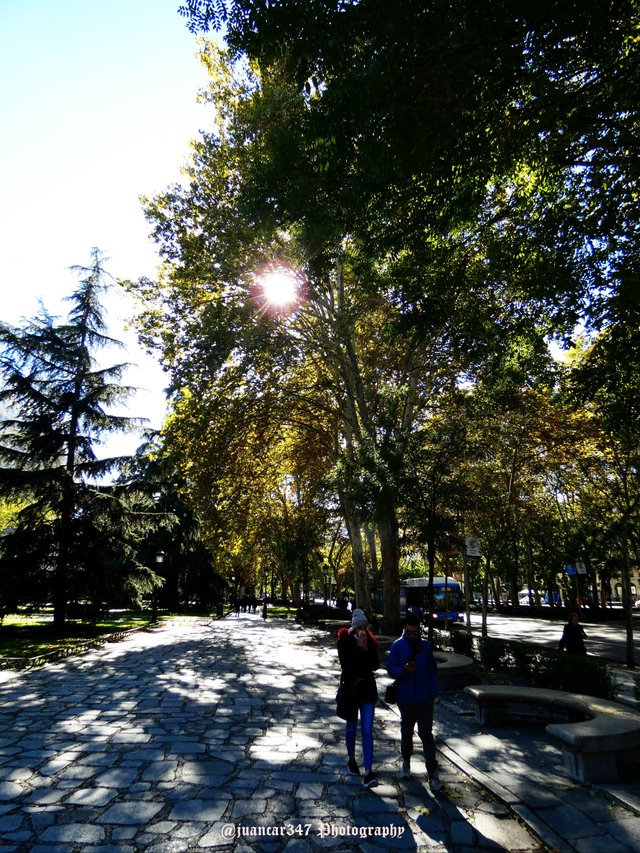
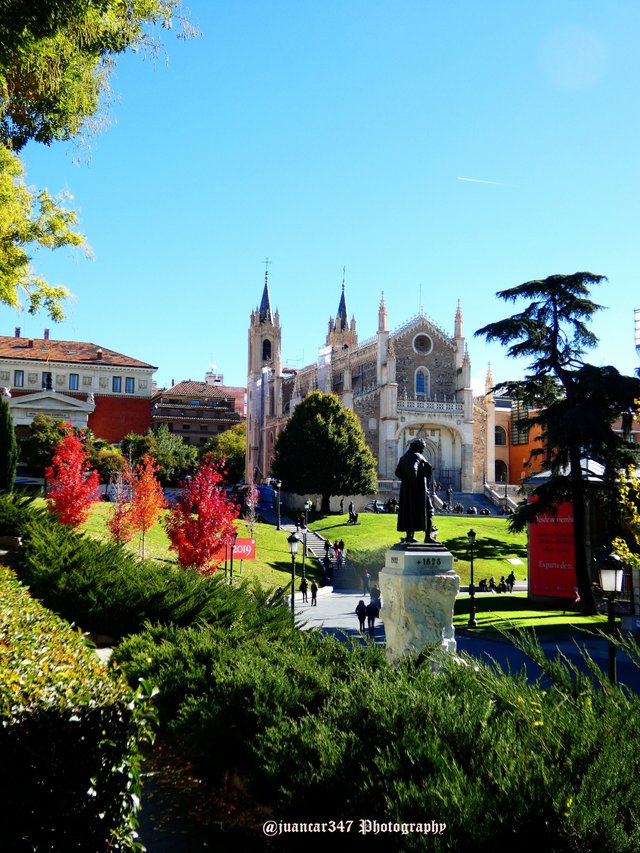
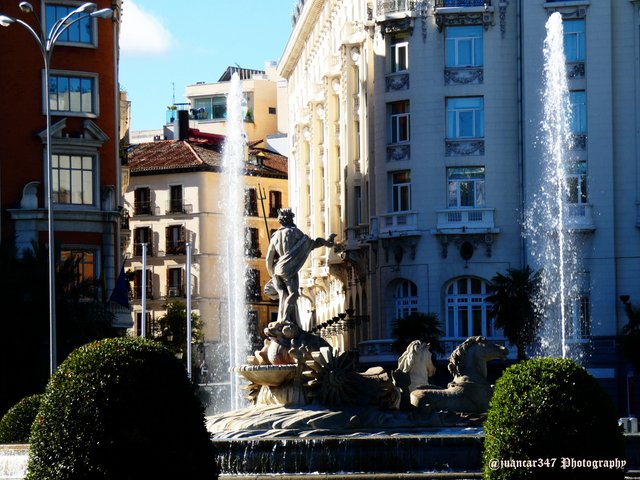
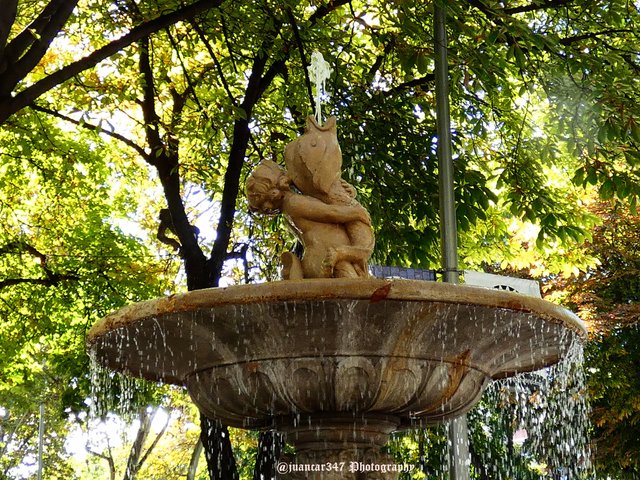
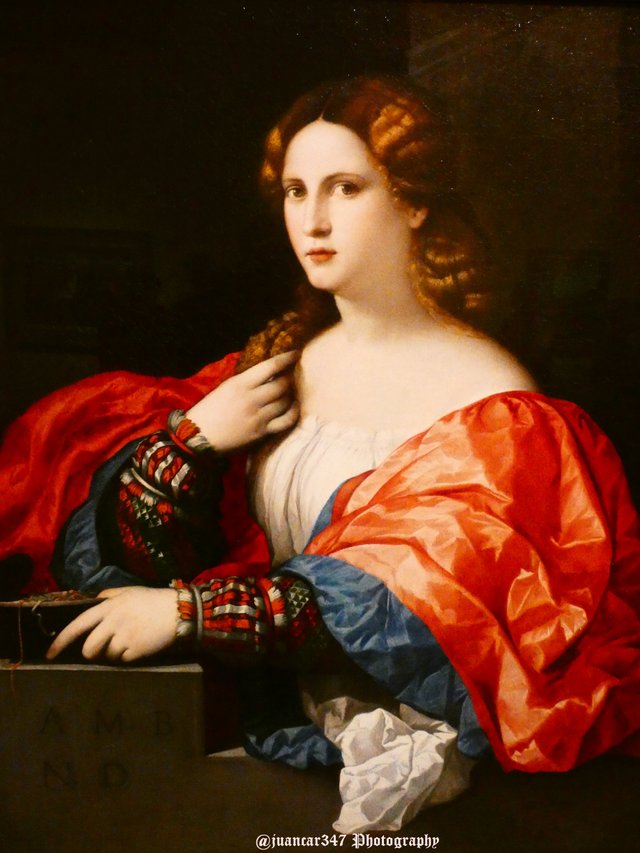
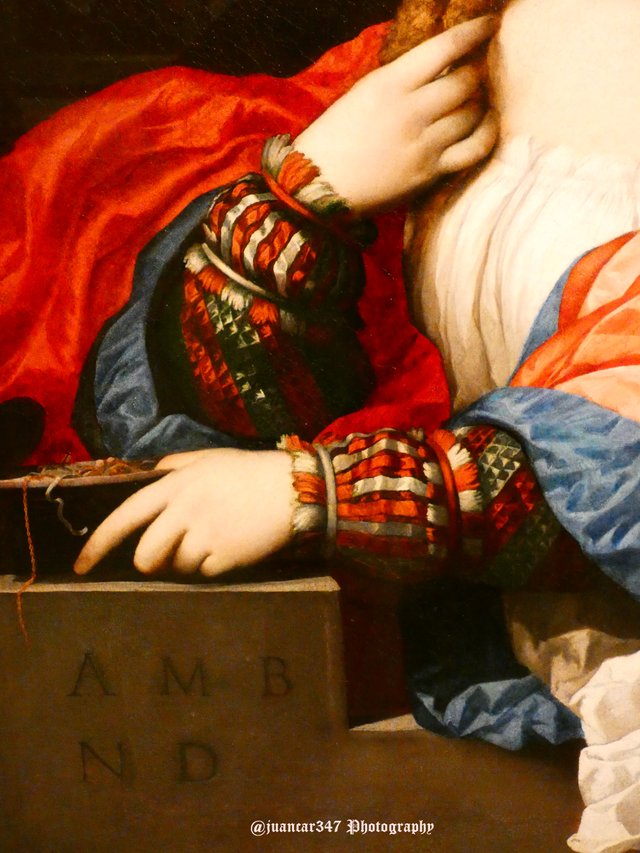
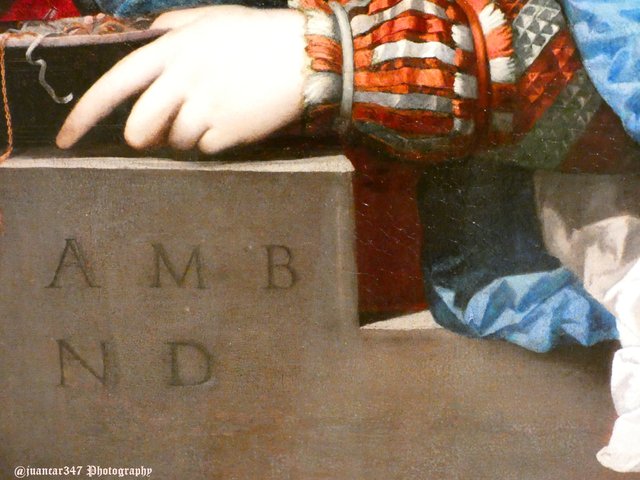
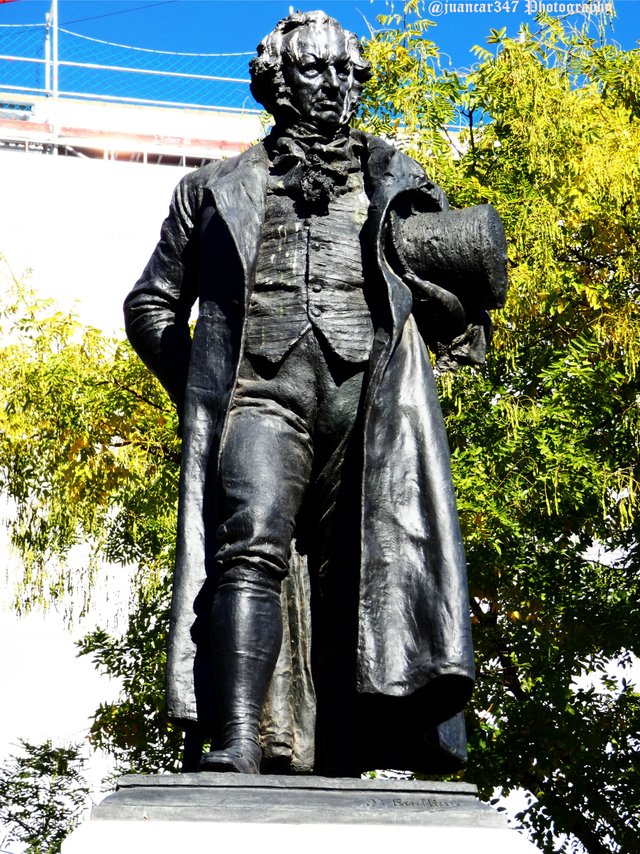
/ᐠ≗ᆽ≗ᐟ\
Fascinating article, beautiful images. Very, very interesting. Would love to see more!
ミㅇᆽㅇミ
Hi, friend. Please to see you
Thank-you very much, friend